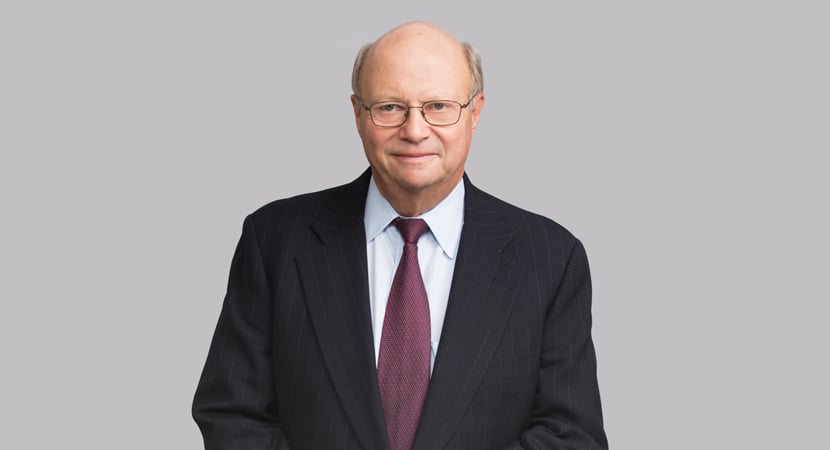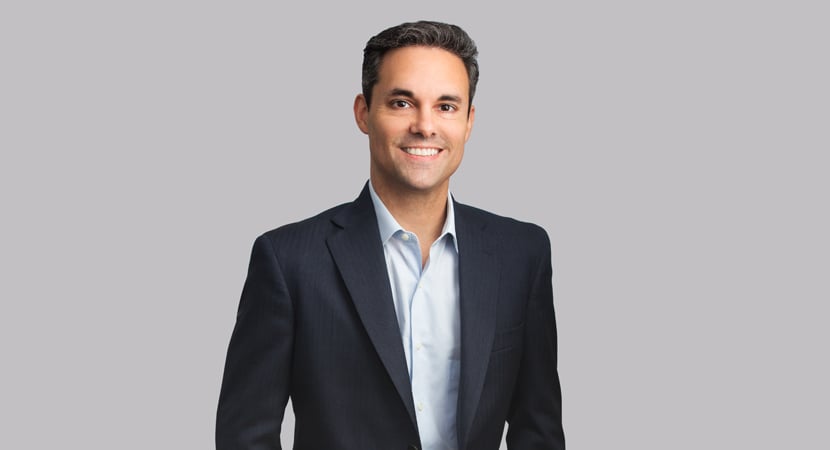Ninth Circuit affirms district court order denying motion to strike, under California’s anti-SLAPP statute, right-of-publicity claims asserted by former college football player, rejecting video game developer EA’s contention that use of the player’s physical characteristics and jersey numbers was, as a matter of law, transformative use protected by First Amendment.
Plaintiff, a former starting quarterback for Arizona State University and the University of Nebraska, brought a putative class action (along with other former college football players) against Electronic Arts (EA), alleging that its use of his likeness in the NCAA Football series of video games violated his right of publicity under California statutory and common law. EA filed a motion to strike the complaint as a strategic lawsuit against public participation under California’s anti-SLAPP statute. The district court denied EA’s motion (read our summary of the district court’s decision here, and EA appealed.
Reviewing the district court’s ruling de novo, the Ninth Circuit panel noted the standard surrounding motions to strike under the anti-SLAPP statute. First, defendant must make a prima facie showing that plaintiff’s suit arises from an act that defendant made in connection with a public issue in furtherance of defendant’s free speech rights. Second, the court must examine whether plaintiff has established a reasonable probability that he will prevail on his claim. Here, it was undisputed that EA’s video games constituted expressive activity, and EA did not dispute that Keller had stated a right-of-publicity claim under California statutory and common law. EA maintained, however, that the challenged video game was protected speech under the First Amendment and that, therefore, Keller was unlikely to prevail on his claim.
The three-judge panel split 2-1 as to EA’s affirmative transformative use defense, with the majority rejecting EA’s contention that the video game was sufficiently transformative as to endow EA with First Amendment immunity as a matter of law. Looking to the California Supreme Court’s formulation in Comedy III Productions, Inc. v. Gary Saderup, Inc., the panel noted that the defense is “a balancing test between the First Amendment and the right of publicity based on whether the work in question adds significant creative elements so as to be transformed into something more than a mere celebrity likeness or imitation.” For purposes of an anti-SLAPP motion to strike, a defendant invoking the defense must establish that a reasonable fact finder could not conclude that the challenged use was transformative, and EA could only rely on the defense by establishing transformative use as a matter of law.
After cataloging a series of California cases applying the defense in right-of-publicity cases, the panel majority concluded that Keller’s challenge most closely resembled the facts of No Doubt v. Activision Publishing, Inc., in which the California Court of Appeal addressed the use of “avatars” in the Band Hero video game. There, the video game developer licensed the likeness of band members from the band No Doubt but allegedly exceeded the license’s scope by, among other things, allowing game users to manipulate various elements of the avatars’ voices. The California appellate court concluded that the developer’s use was not transformative, as a matter of law, because the video game characters were “literal recreations of the band members” doing “the same activity by which the band achieved and maintains its fame.” Following the same logic, the panel majority concluded that EA’s use of Keller’s likeness was not transformative: “EA was alleged to have replicated Keller’s physical characteristics in NCAA Football, just as the members of No Doubt are realistically portrayed in Band Hero. Here, as in Band Hero, users manipulate the characters in the performance of the same activity for which they are known in real life—playing football in this case and performing in a rock band in Band Hero.”
The panel majority also looked to the Third Circuit’s decision in Hart v. Electronic Arts, Inc., a “materially identical” challenge to EA’s use of players’ likenesses in the NCAA Football game, in which the Third Circuit relied substantially on the No Doubt decision in concluding that EA’s use was not transformative for purposes of defeating a challenge under New Jersey’s right-of-privacy law. Although federal courts are not bound by intermediate state appellate court decisions, the panel majority viewed the No Doubt case as providing sufficiently reliable indication as to what the California Supreme Court would do to support its analysis.
EA urged the court to adopt a broader First Amendment defense, borrowed from the Second Circuit’s decision in Rogers v. Grimaldi, but the panel majority declined to apply the Rogers balancing test in the right-of-privacy context. Although the Ninth Circuit had endorsed the Rogers test in Lanham Act cases, and most recently the very same day in Brown v. Electronic Arts (read our summary of the court’s opinion in this IP/Entertainment Law Weekly Case Update), the panel majority distinguished between the nature of those challenges. “As the history and development of the Rogers test makes clear, it was designed to protect consumers from the risk of consumer confusion—the hallmark element of a Lanham Act claim.” In contrast, the court stated, the right of publicity “does not primarily seek to prevent consumer confusion.” The distinction rested, in the panel majority’s view, on the fact that the right of publicity “protects the celebrity, not the consumer.” Although Rogers in fact applied the test to a right-of-publicity claim under Oregon law, the panel majority refused to adopt the test to California cases, in light of contrary California authority (particularly, the No Doubt decision). Having concluded that EA was not protected by the First Amendment as a matter of law, the panel majority affirmed the district court’s decision denying EA’s motion to strike.
Judge Sidney Thomas dissented, taking the position that the “transformative use” defense, properly applied, would encompass EA’s creative work and that EA was therefore entitled to First Amendment protection.
-
 Partner
Partner -
 Partner
Partner -
 Co-Chair, Litigation
Co-Chair, Litigation -
 Chair, Luxury Brands; Co-Chair, Advanced Media and Technology; Chair, Intellectual Property Protection
Chair, Luxury Brands; Co-Chair, Advanced Media and Technology; Chair, Intellectual Property Protection -
 Partner
Partner -

-
 Legal Publications Editor
Legal Publications Editor
)

